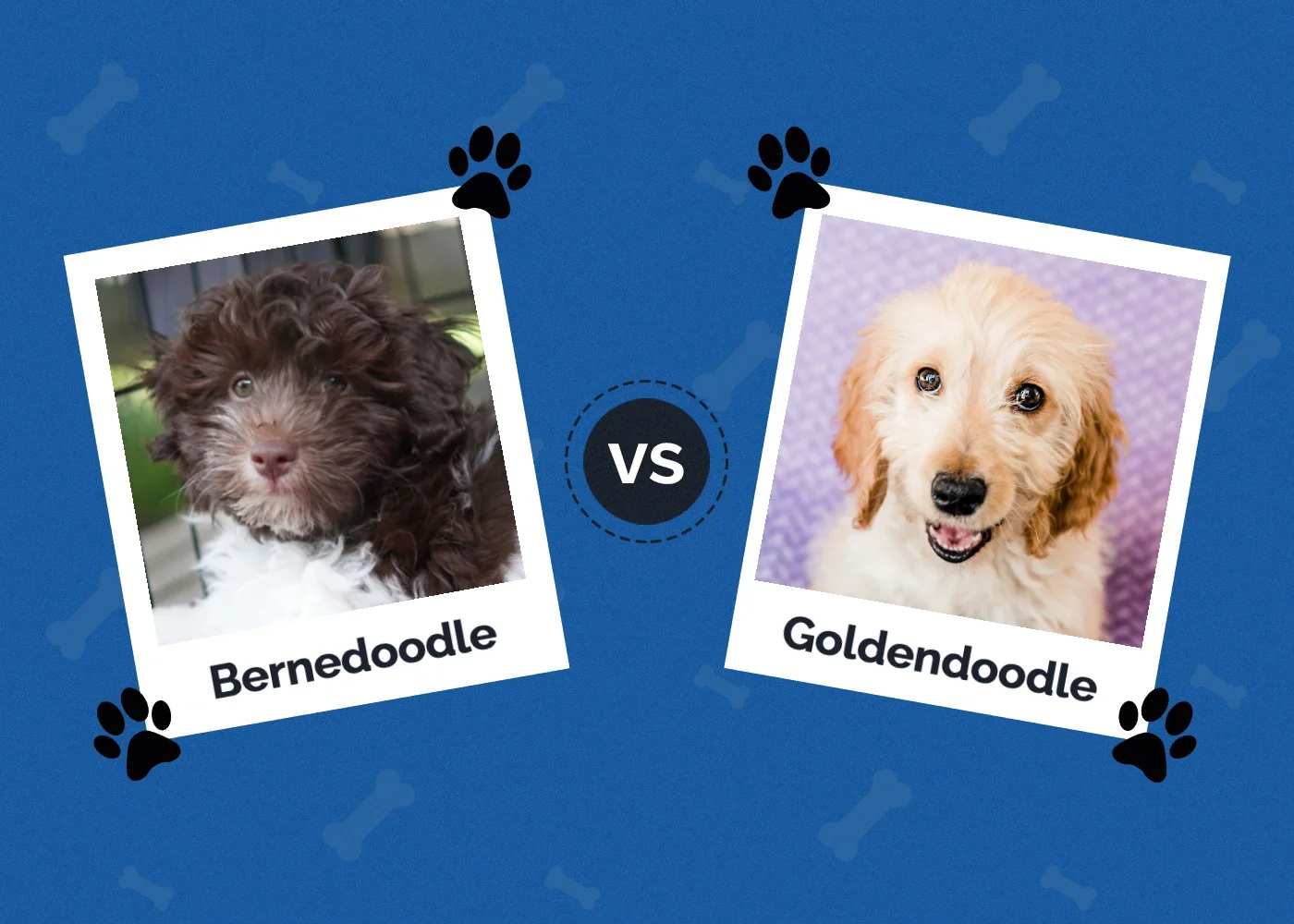What Is High Pressure Processing for Dog Food? Uses, Pros & Cons
Updated on
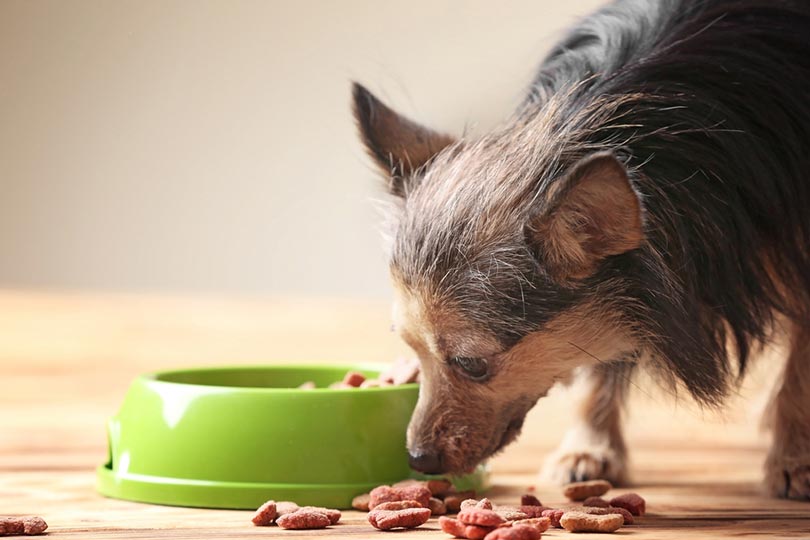
Click to Skip Ahead
High-pressure processing (HPP) is a non-thermal method that reduces bacteria in food. It has been used for years on human food that can’t undergo cooking. Some pre-made guacamole and fruit juice manufacturers use HPP to kill off listeria, salmonella, and E. coli.
The use of HPP in commercial dog food is relatively new and tied to the growing demand for raw diets and treats. Read more about how high-pressure processing for dog foods works, including its advantages and disadvantages.
How Does It Work?
The harmful bacteria found in some raw foods can make our pets sick. Listeria, salmonella, and E. coli can’t survive in hot or high-pressure environments. Commercial dog manufacturers can either use thermal methods (i.e., cooking) or high-pressure processing to eliminate these pathogens.
As its name suggests, HPP uses a high-pressure environment to kill off bacteria. The general steps of HPP are listed below.
- The dog food is placed inside a flexible container that can expand, such as plastic. Glass and metal are not suitable for high-pressure processing.
- The packaged dog food is then placed in a chamber filled with cold water, which applies up to 87,000 pounds of hydraulic pressure per square inch. This pressure is held for several minutes. For a point of reference, the pressure found at the bottom of the ocean ranges from 3,000 to 9,000 pounds per square inch. If you wonder why HPP doesn’t create a huge mess, it’s because uniform pressure is applied to all sides of the packaging. The dog food retains its shape and appearance while the bacteria die off.
- As most dog food undergoes HPP in its retail packaging, it is one of the last steps in the manufacturing process. After HPP is complete, the packages are inspected and shipped on to wholesalers and retailers. Some dog food ingredients undergo high-pressure processing before being incorporated into the finished product.
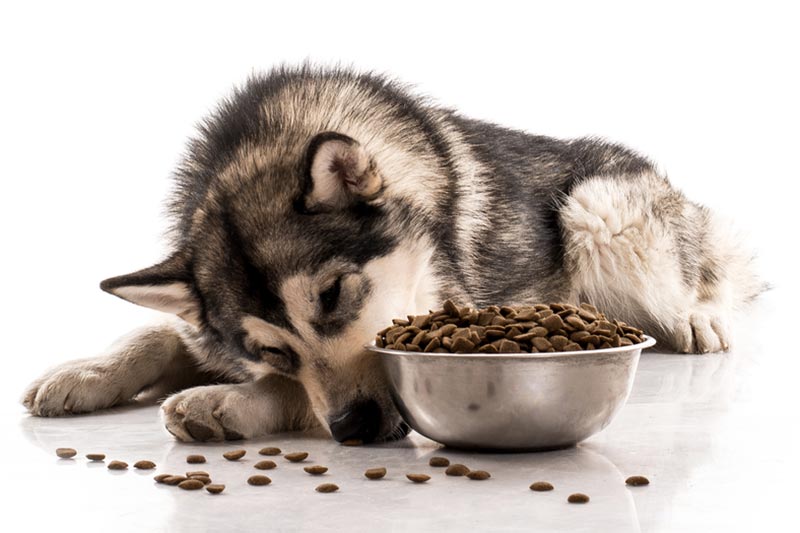
What Are the Different Types of High-Pressure Processing for Dog Food?
The steps used during high-pressure processing are the same for all food products, whether it’s your pet’s treats or the fruit juice you drink at breakfast. As for the dog food market, raw, “lightly cooked,” and raw freeze-dried brands use high-pressure processing instead of heat to kill off harmful bacteria.
High-pressure processing is also referred to as Pascalization (after the founder of the method), cold pasteurization, and ultra-high-pressure processing (UHP). While the names differ, the process is the name.
Where Is It Used?
Commercial dog food companies use HPP to produce safer products without exposing food to high temperatures. As high-pressure processing does not use heat, companies can sell “raw” and “lightly cooked” foods while meeting safety guidelines.
Consumer interest in raw and less-processed dog foods continues to grow, but many people don’t want to make homemade meals. The thought of handling raw meat or creating a homemade raw recipe is daunting. Ready-to-serve raw dog food that has undergone HPP meets growing consumer demands.
Your dog may enjoy raw treats as part of its daily caloric intake. But switching to a completely raw diet may not be a good choice for every dog. You should talk to your vet before you switch to raw dog food, as some raw diets may not have all the nutrients your dog needs to stay healthy.
Here are some dog food companies and their products in the U.S. that sell high-pressure processed products:
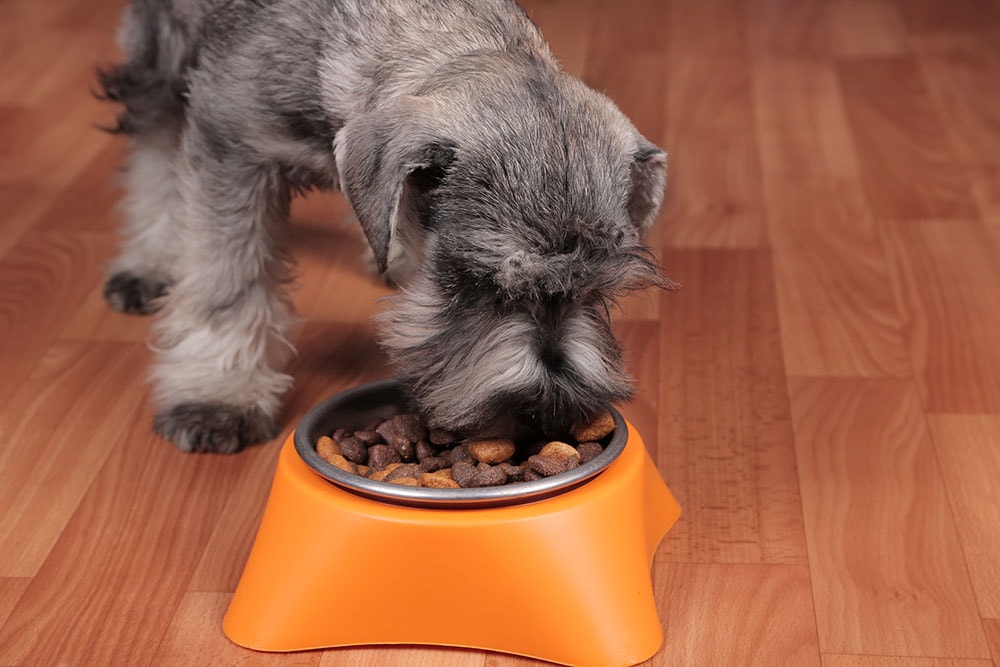
Advantages of High-Pressure Processing for Dog Food
The biggest advantage of high-pressure processing for dog food is that it reduces harmful bacteria levels without heating or cooking the dog food. Proponents of raw dog food believe that dogs benefit from a diet similar to what their ancestors ate, raw meat. HPP makes this diet possible while still following today’s food safety practices.
There are secondary advantages of high-pressure processing as well. HPP extends the shelf life of dog food as much as 10x with fewer or no preservatives. That creates less food waste along a product’s entire lifecycle. Manufacturers reduce ingredient spoilage, retailers can keep food on the shelf longer, and you have more time to serve the food to your dog.
Dogs aren’t the only ones that benefit from HPP. Humans who handle raw meats can get quite ill from the harmful bacteria that HPP reduces, including listeria, salmonella, and E. coli. High-pressure processing prevents pets and their owners from getting sick.
Disadvantages of High-Pressure Processing for Dog Food
High-pressure processing is “effective, but it’s not perfect,” according to experts at PetMD. The bacteria responsible for botulism can be resistant to pressure.
Raw diet enthusiasts note that HPP doesn’t just fill off harmful bacteria, but also reduces or eliminates beneficial bacteria and enzymes, too. Despite this perceived disadvantage, feeding your dog a commercial dog food that has undergone HPP is safer than attempting to create your own raw diet using raw meat.
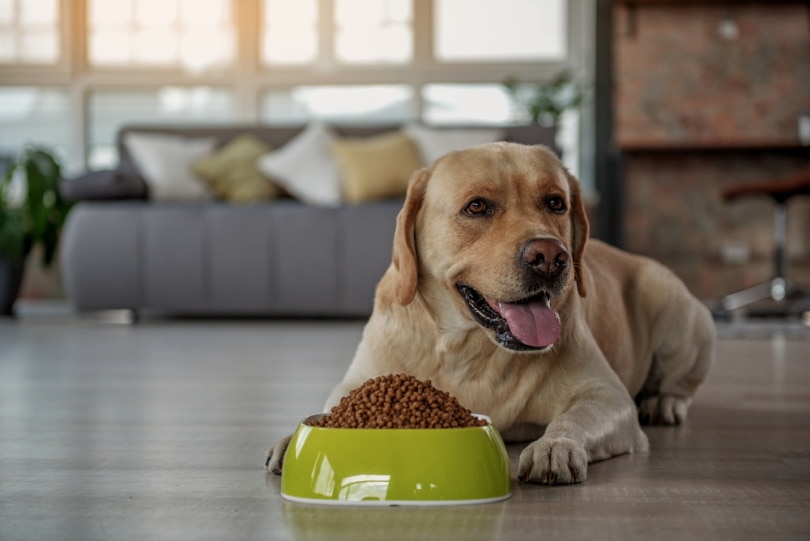
Frequently Asked Questions (FAQs)
Is HPP the Same as Pasteurized?
While it can create confusion, some sources refer to HPP as “cold pasteurization.” But unlike high pressure processing, pasteurization uses heat to kill off harmful bacteria in food and beverages. For example, pasteurized milk sold in the U.S. is heated to 145 degrees Fahrenheit and held at that temperature for 30 minutes.
Who Invented High-Pressure Processing?
High-pressure processing has a long history. In the 1600s, a French scientist, Blaise Pascal, studied the effect of pressure on liquids. Pascal’s findings inspired more research. By the early 1900s, scientists knew that high pressure killed certain types of bacteria. The first HPP equipment in North America was put to use in 1996. HHP is also called “Pascalization” in honor of Pascal.
Is Raw Dog Food Processed?
By strict definition, processed food is any food that has been altered from its original state. Raw dog food that has undergone HPP is technically “processed.”
The word “processed” is viewed unfavorably in human diets, as it is often equated with high-calorie, low-nutrient foods. Yes, soda and candy are processed, but so are frozen broccoli and canned peaches. That negative perception has seeped into the pet food market as well. All commercially sold dog food in the U.S. has been processed in some way—either using heat or high pressure—to make it safe for consumption.
Conclusion
High pressure processing kills harmful bacteria that can be present in raw and “lightly cooked” dog food and treats. HPP is an alternative to thermal processing methods that use heat to eliminate pathogens. Some sources refer to HPP as pascalization or cold pasteurization. High pressure processing allows dog owners to feed their pets a raw diet while greatly reducing their risk of listeria, salmonella, and E. coli exposure.
Featured Image Credit: Africa Studio, Shutterstock


